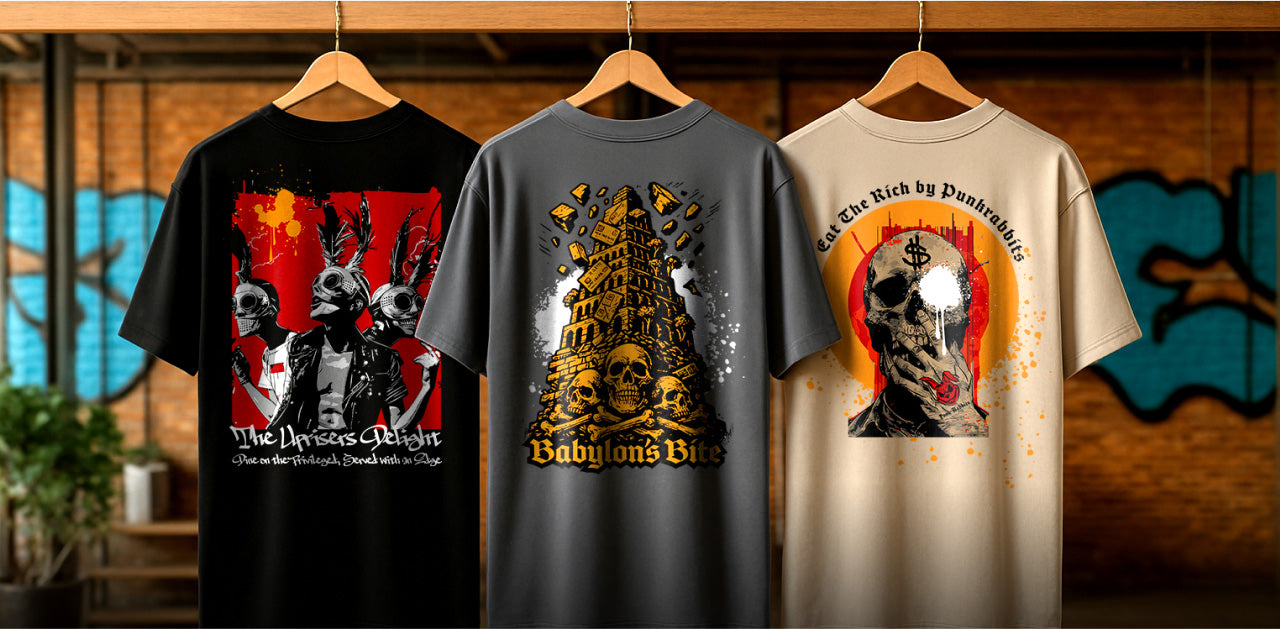I. The Brain’s Light Show
If you could plug your consciousness into an oscilloscope during the peak of a rave — the drop about to hit, the crowd moving as one, the strobes slicing through the air — you’d see more than light. You’d see dopamine firing like tracer rounds across your brain’s reward system.
Dopamine is often misunderstood as a “pleasure chemical.” Neuroscientists like Kent Berridge have clarified: dopamine is less about pleasure itself and more about wanting. It’s the anticipation, the electric tension before release. Serotonin and endorphins often carry the feeling of bliss; dopamine is the spark that drives you toward it.
In the dancefloor’s chemical theatre, dopamine’s role is primal:
-
The build-up (DJ teasing the drop) = dopamine surge.
-
The release (the beat explodes, the bass drops) = endorphin-serotonin flood.
-
The memory = hippocampus etching the rush into your mythology.
It’s a neurochemical feedback loop older than language. When people talk about “losing themselves” on the dancefloor, they’re describing a shift in neural dominance — the prefrontal cortex cedes control to the limbic system, letting instinct, rhythm, and body memory lead.

II. Ecstasy as Commodity
But here’s the uncomfortable truth: the same circuitry that drives us to raves drives us to refresh Instagram, chase “likes,” or click “Buy Now.” As philosopher Byung-Chul Han notes in The Burnout Society, capitalism has learned to weaponize our own dopamine loops.
Festival culture is a perfect example:
-
The ticket drop = scarcity marketing → dopamine anticipation.
-
The lineup reveal = community buzz → dopamine reinforcement.
-
The merch drop = FOMO-optimized shopping.
Guy Debord’s Society of the Spectacle warned us about this decades ago: experiences themselves become commodities. The rave becomes not just an ecstatic ritual, but a “content opportunity,” neatly packaged for the algorithm. Your bliss, once raw and unmarketable, is now brand-compatible.
Does that mean the dopamine rush is a capitalist trap? Not necessarily. But it means we’re dancing in contested territory — our joy is real, but so is the system’s appetite to monetize it.
Before nightclubs, there were fire circles. Before DJs, there were shamans. Before lasers, there were stars.
III. The Pleasure Paradox
Here’s the thing about dopamine: it adapts. This is the problem of hedonic adaptation — the more we feed the circuit, the more it demands to hit the same high.
In a hedonistic loop, last night’s mind-blowing set becomes tonight’s baseline. The lighting rig that once melted your mind now just feels “standard.” That track that once cracked your soul open becomes background noise after its tenth play.
Nietzsche’s concept of eternal recurrence haunts rave culture here. If you had to relive the same drop, the same dopamine flood, forever — would it still thrill you? Or would it hollow out into an empty loop?
This is where rave veterans and psychedelic explorers overlap: the recognition that chasing the same chemical peak is a losing game. The real art is in transforming the chase into something else — integrating it, letting it change you, instead of demanding it repeat you.

IV. Sacred Basslines: From Shamans to Sound Systems
Before nightclubs, there were fire circles. Before DJs, there were shamans. Before lasers, there were stars.
Anthropologists like Mircea Eliade have long argued that ecstatic states — trance, possession, ritual dance — are as old as humanity itself. Whether in the Eleusinian Mysteries of ancient Greece, the peyote ceremonies of the Huichol, or the drum-fueled trance dances of the San, the blueprint is remarkably consistent:
-
Gathering → A community assembles in a liminal space.
-
Rhythm → Repetitive beats override linear thought.
-
Altered state → Through movement, sound, and possibly psychoactive plants, consciousness shifts.
-
Integration → The experience transforms identity and group bonds.
Modern rave culture is a direct descendant of these traditions — a post-industrial shamanism wired into sound systems and light rigs instead of hand drums and fire. DJs become ritual leaders, guiding emotional peaks and troughs, reading the collective state of the crowd.
Psychedelics, MDMA, and ketamine become the “sacraments” — not in a moral or religious sense, but as tools to access altered states where time dilates, self dissolves, and the body becomes a vessel for rhythm.

V. The Punk Ethics of Euphoria
In a system that thrives on fear, division, and exhaustion, joy is subversive. Hakim Bey, in Temporary Autonomous Zone, described moments of liberated space — physical or mental — where the state and the market lose their grip. A great rave is one such zone: for those hours, you are unproductive, untrackable, part of something unquantifiable.
The radical potential of pleasure lies in its refusal to be instrumentalized. That’s the punk ethic of euphoria:
-
Dance without broadcasting it. Deny the algorithm the spectacle.
-
Create without selling. Make art that’s unmonetizable.
-
Feel without optimizing. Let joy be messy, inefficient, human.
In the words of DJ Carl Cox: “You don’t measure a night by the tracks played. You measure it by the moments you couldn’t explain to someone who wasn’t there.”
The system can package the look, the sound, even the chemical — but it can’t bottle the ineffable. That’s where the rebellion lives.
VI. The Neuro-Spiritual Synthesis
Science and mysticism often circle the same fire from opposite sides. Neuroscientists can map the serotonin floods, the gamma oscillations, the suppression of the default mode network under psychedelics. Shamans can describe the same state as “merging with the spirit of the drum.”
They’re talking about the same territory, using different maps.
The “dopamine rush” is just one point in a constellation that includes:
-
Flow state (Mihaly Csikszentmihalyi): the merging of action and awareness.
-
Collective effervescence (Émile Durkheim): the high of shared emotion in a crowd.
-
Ego dissolution (psychedelic research): the temporary suspension of the self/other boundary.
A great rave — like a great ritual — stacks these states into a cascade. It starts with dopamine’s want, flows into serotonin’s bliss, and ends with oxytocin’s bond. You leave not just high, but re-wired.

DJ Carl Cox: “You don’t measure a night by the tracks played. You measure it by the moments you couldn’t explain to someone who wasn’t there.”
VII. After the Rush
The morning after matters as much as the night before. Ancient ecstatic cultures understood the need for integration — the act of making sense of what happened, embedding it into personal and communal life.
Modern rave culture often skips this step. We collapse into hangovers or Monday meetings, letting the insights evaporate. But there’s power in slowing down:
-
Journaling the sensations and moments that mattered.
-
Creating art from memory.
-
Talking with your crew about what you felt, not just what you saw.
Without integration, the dopamine rush is just a spike. With it, it becomes part of your ongoing evolution.

VIII. Closing the Loop
The dopamine rush is ancient and modern, sacred and commodified, personal and collective. It can be exploited by algorithms, or it can break them. It can be a hamster wheel, or it can be a door.
In Punkrabbits terms:
-
Know the loop. See where the system is hacking your brain.
-
Break the script. Seek altered states outside the algorithm.
-
Protect the ineffable. Keep something for yourself, unshared, unmarketed.
The rave, the ritual, the rush — they all ask the same question: will you let this be another product, or will you let it change you?
If you're hunting for a theme shirt that stands out from the crowd, check out our collection of cool t shirts, packed with interesting t shirts and t shirt cool designs that fuse psychedelic clothing with bold streetwear aesthetics. Browse our store—it's a haven of punk, alternative, extreme, and unique designs made to help you look and feel outside of the herd. Wear your poison.




